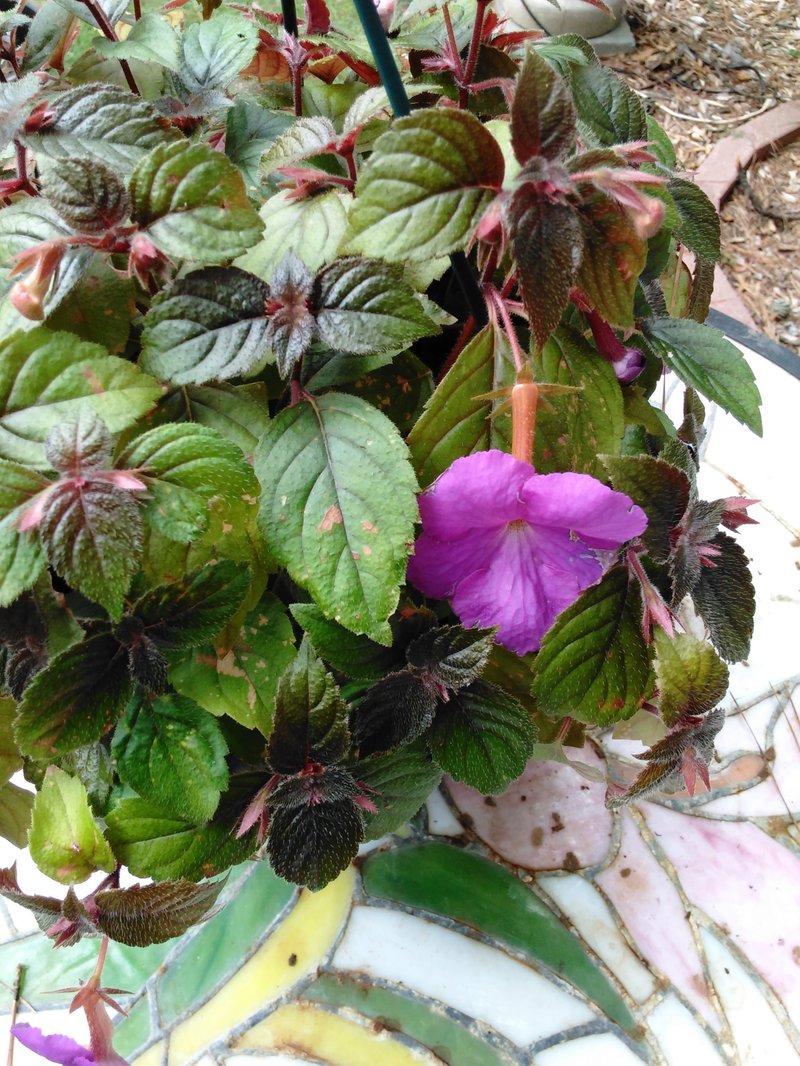Q I planted some Stargazer lily bulbs this spring, and they were just about ready to bloom. Well, I came out today and discovered that they had been eaten down to the ground by something (rabbit or deer, I assume). Is there any chance they will come back next spring? I know that normally they need the spent foliage to feed the bulb. Is there anything I can do to help ensure that they regrow?
A I would bet they will try to put on some more foliage now, but of course, they will not bloom this year. I would lightly fertilize and keep them watered and see if they begin to grow. If they do begin to put on more leaves, protect them from being eaten again and hope for the best. If no foliage reappears, they will probably not be worth saving.
Q Because we have so much shade we converted more than half of our backyard to hostas. We have more than a thousand of various kinds in four different hostas beds. We have shared many splittings with friends and neighbors over the years for their yards. We cut them down in late November, and then we mulch the beds in February with bark mulch and fertilize them with a 10-10-10 fertilizer. My question is -- do you know of a good weed preventer that I could spread in late January that would keep the late winter and early spring weeds down and not harm the hostas? We live in Bentonville and love our acre-and-a-half backyard, but in our older years the weeds are getting to be too big a problem for us -- even with the constant application of bark mulch.
A Probably your best bet would be Surflan or Treflan (Preen is one common name). These are pre-emergent herbicides that will prevent annual weeds. It will not help control perennial weeds or grasses, including nutgrass, Bermuda grass (which thankfully doesn't like shade) or other perennials, but would definitely help with the annual summer weeds.
Q My husband planted watermelons last year, and when they were almost ripe, something bit a hole about the size of a golf ball in them and ate the insides. This year something is biting a hole in them when they are cantaloupe size. Do you think that it could be 'coons or rats? The garden is next to the woods but is fenced in.
A Could be raccoons, rats or squirrels. Animal control can be difficult, but you can try to deter them by putting a chicken-wire (or smaller gauge wire) cage around the ripening fruit. See if that will stop them.
Q I have heard you say that tomato plants will not set fruit when nighttime temperatures are above 75 degrees. Is this also true for cucumbers? A week ago, our cucumber plants were setting fruit so fast that we were afraid we would not be able to keep up with them. Then they seemed to just stop setting fruit overnight. I thought that it was because I had failed to water them enough when the weather turned hot and dry so quickly, but now I wonder if the heat is to blame.
A Cucumber flowers need a pollinator to transfer pollen from the male flower to the female flower. While high temperatures won't stop them from blooming, the flowers may not stay open so long on a really hot day as they will on a cooler day. If the plants are too dry and wilting, they won't bloom as well, either. Bees aren't as active during the intense heat, and so your window of pollination is reduced, which can result in less fruit set. If you see any misshapen fruit, that is also a result of weak pollination. If you get bitter-tasting cucumbers, that can be a result of a stressed plant -- if it was too dry or wilted.
Q This flowering plant is from my Grandma who has passed. My mother can't remember the name, but these were on the porch for my whole life, and I am 60. Some kind of impatiens? Very easy to transplant pieces, dies down to sticks in winter, comes back every spring, kept in pots, brought inside for winter months. I would appreciate any info you can provide.
A It is an old-fashioned plant called achimenes. It is related to African violets, and the plant is produced from a small bulb-like structure called a rhizome. It will die back in the winter but bounce back the next spring, as long as you protect it -- it is not winter-hardy. It can come in quite a few colors, but purple is the most common. It does best with morning sun and afternoon shade and even moisture, but it does not tolerate wet feet well.
Janet B. Carson is a horticulture specialist for the University of Arkansas Cooperative Extension Service. Write to her at 2301 S. University Ave., Little Rock, Ark. 72204 or email her at
jcarson@arkansasonline.com
HomeStyle on 07/22/2017
